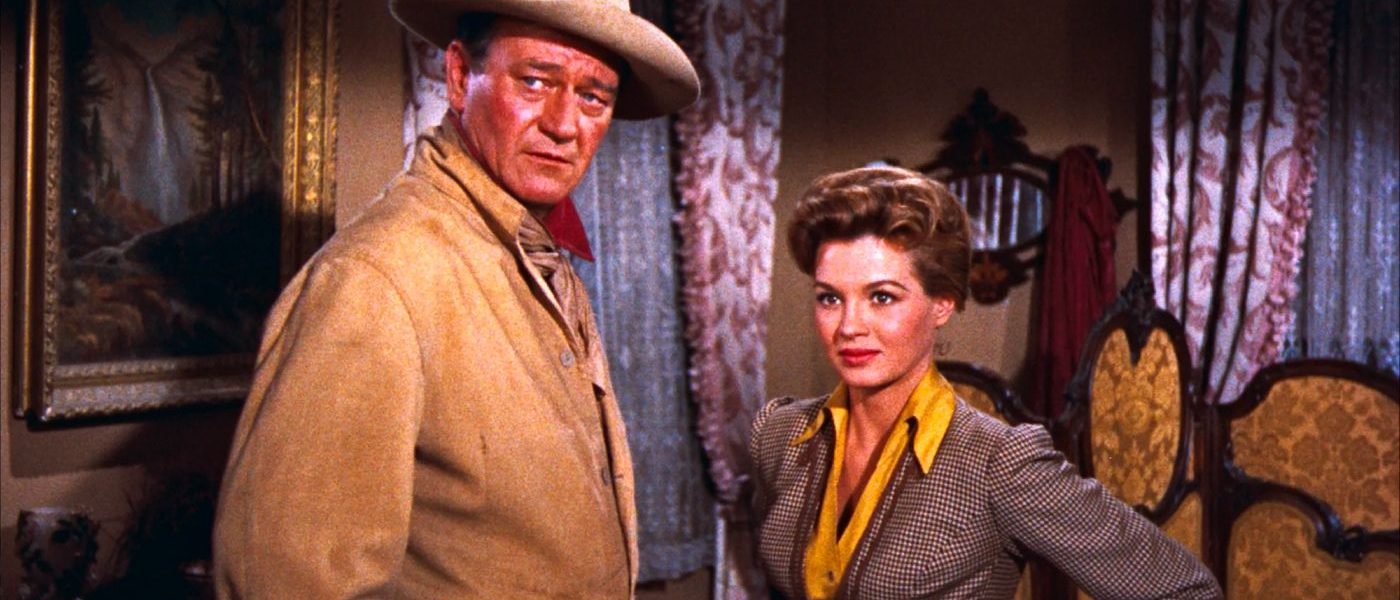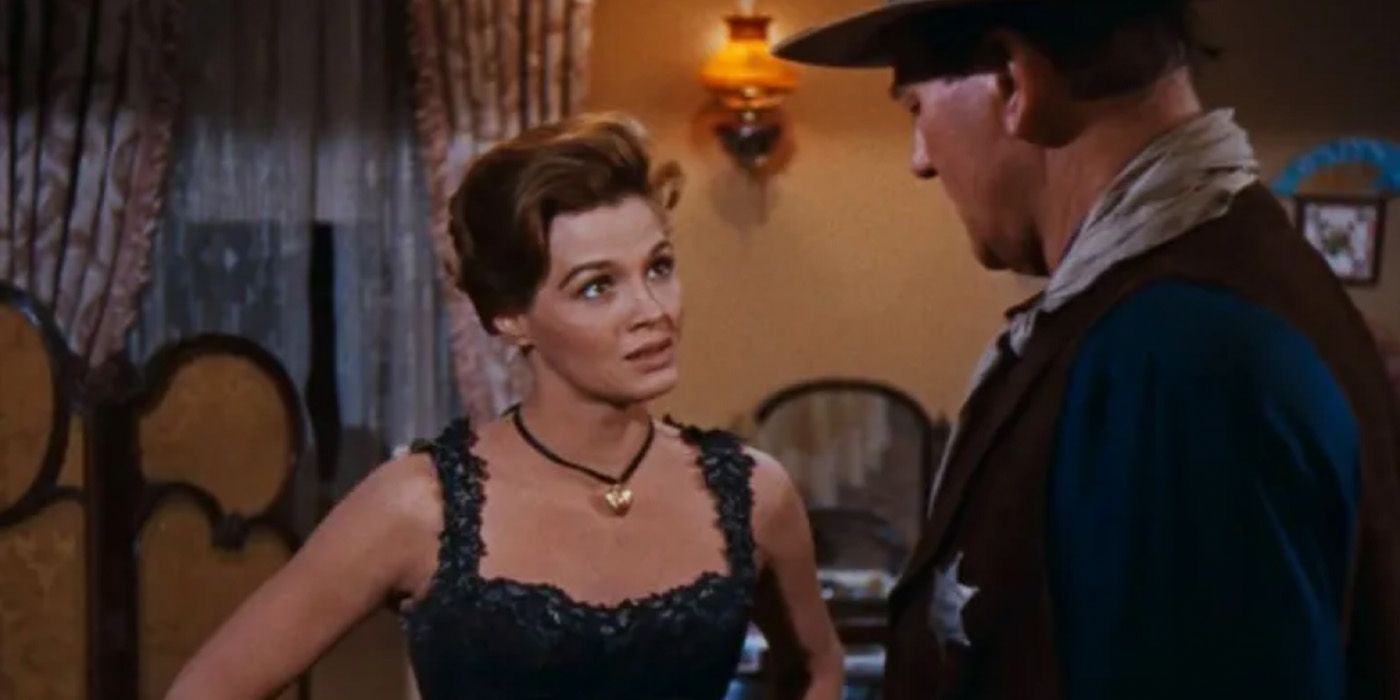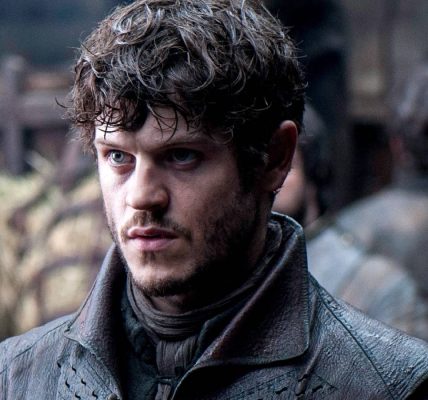No Western film star captivates audiences quite like John Wayne, whose remarkable screen presence and extraordinary charisma are simply unmatched. While there are numerous iconic Western heroes, the unique charm of the Duke distinctly echoes the essence of a classic hero. Among the esteemed actresses who graced the screen alongside Wayne, one actress notably starred with him in three different films. This is not to be confused with Maureen O’Hara, who shared an indelible chemistry with Wayne, but rather Angie Dickinson, who partnered with him in I Married a Woman, Cast a Giant Shadow, and the legendary Western classic Rio Bravo. Of these collaborations, Rio Bravo stands out as the pinnacle of Wayne and Dickinson’s on-screen synergy, showcasing an unforgettable horse opera that has undeniably stood the test of time.
Discover the Unforgettable Chemistry of Duke and Angie Dickinson in ‘Rio Bravo’
As one of the most inspirational Westerns ever crafted, Rio Bravo showcases John Wayne in the role of Sheriff John T. Chance, a determined man driven by strong morals and unwavering loyalty to both his friends and the law. With a steadfast commitment to achieving justice, Chance finds his routine disrupted when Angie Dickinson‘s character, Feathers—a true trailblazer in the Western genre—enters the scene. The chemistry between the two characters is electric, igniting from the moment Chance mistakenly accuses Feathers of cheating at cards, and their connection deepens through their final scene together. They navigate their relationship with an intriguing dynamic, as Chance initially grapples with his feelings before the two form a genuine bond. When Feathers ultimately aids in saving his life, Chance’s feelings emerge in classic Duke style, culminating in a conclusion filled with the promise of romance—what unfolds next is left to the audience’s imagination. Both Wayne and Dickinson masterfully bring this nuanced relationship to life.
In moments where the characters struggle to yield to their desires, a palpable tension lingers, adding depth to their interactions. When emotions run high, underlying affection simmers just beneath the surface. It’s not surprising that the Duke, reflecting on their collaboration, expressed high regard for Dickinson’s talent. “She was one of the best actresses I ever worked with,” Wayne once remarked, as noted in Michael Munn‘s insightful work, John Wayne: The Man Behind the Myth, where he emphasized that the film was “damn lucky” to have her on board. Wayne commended Dickinson’s professionalism and highlighted her unique blend of “beauty, sex appeal, and brains,” characteristics often found in Howard Hawks-directed films. The term “Hawksian women” aptly describes the captivating character types that director Hawks frequently showcased, and few embodied this ideal as flawlessly as Angie Dickinson, who paired seamlessly with the rugged lawman that Wayne personified.
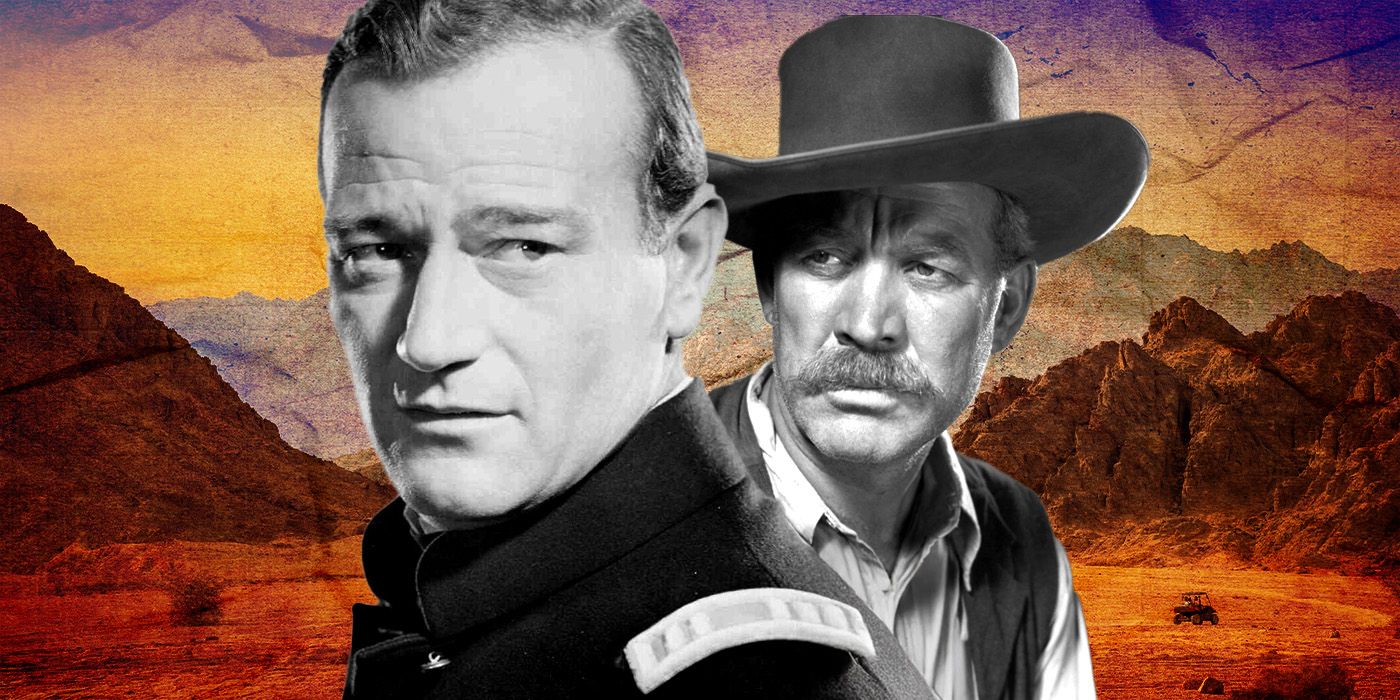
Related
Explore the Classic Western Where One Actor Starred Alongside John Wayne in 23 Films, and This 1948 Masterpiece Is Undoubtedly the Best
The West never looked the same following this 1948 gem.
Discover Why ‘Rio Bravo’ Stands as the Pinnacle of John Wayne’s Filmography
Rio Bravo excels for numerous reasons beyond the evident chemistry between its lead actors. This film is not only one of the finest Westerns in John Wayne‘s illustrious career but also ranks among Howard Hawks‘ most remarkable films. Featuring an impressive ensemble cast that includes Dean Martin, Ricky Nelson, Walter Brennan, and Wagon Train star Ward Bond, the film epitomizes the peak of Hawks’ filmmaking expertise. It artfully balances a comedic tone with the Western genre without veering into slapstick, while simultaneously highlighting elements of gunplay, romance, and intense drama, ensuring that nothing feels excessive. The film even incorporates musical moments, with Martin and Nelson delightfully performing “My Rifle, My Pony, and Me,” which serves as a charming showcase of their talents and a timely morale booster. Although Rio Bravo was conceived as a counterpoint to High Noon, the two films are fundamentally distinct, each possessing unique strengths that contribute to their individual allure.
Furthermore, the brilliance of Rio Bravo is significantly attributed to its screenplay, crafted by Jules Furthman and Leigh Brackett (notably of The Empire Strikes Back fame). The dialogue is sharp and engaging, but it’s the character arcs—especially concerning Martin’s character “Dude”—that truly captivate audiences. While we are drawn to Dude from the outset, his path towards redemption adds compelling depth to the narrative. Interestingly, Scott Erman‘s biography of Wayne, John Wayne: The Life and Legend, reveals that the Duke had initial reservations about Martin’s role in the film. Wayne was concerned that his character might serve merely as a connective element without a substantial narrative. In reality, however, Chance is a crucial character in the story. Without him, Feathers wouldn’t have a place in the narrative, and Dude’s journey to sobriety may never have occurred. Beyond this, Chance functions as the film’s moral anchor, ensuring that the Burdette brothers don’t prevail.
Ultimately, there is a wealth of elements to appreciate about Rio Bravo. The film offers a rich tapestry of action, drama, suspense, and comedic relief that caters to any classic Western enthusiast’s cravings. With a captivating on-screen romance between Wayne and Dickinson, this horse opera possesses an irresistible appeal for repeat viewings.
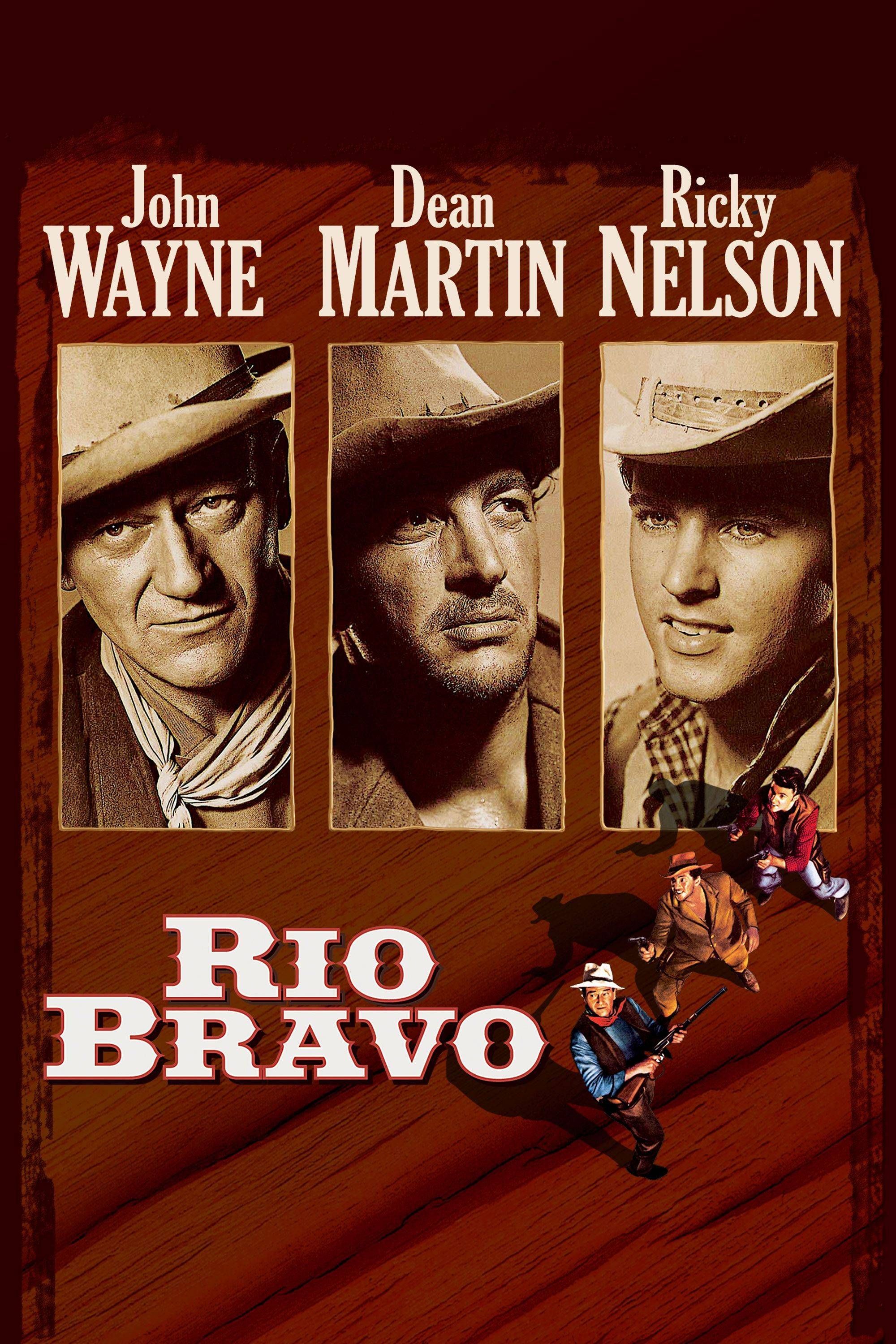
Experience the Timeless Classic: Rio Bravo
- Release Date
-
April 4, 1959
- Runtime
-
141 Minutes

[nospin]Here you can find the original article; the photos and images used in our article also come from this source. We are not their authors; they have been used solely for informational purposes with proper attribution to their original source.[/nospin]

